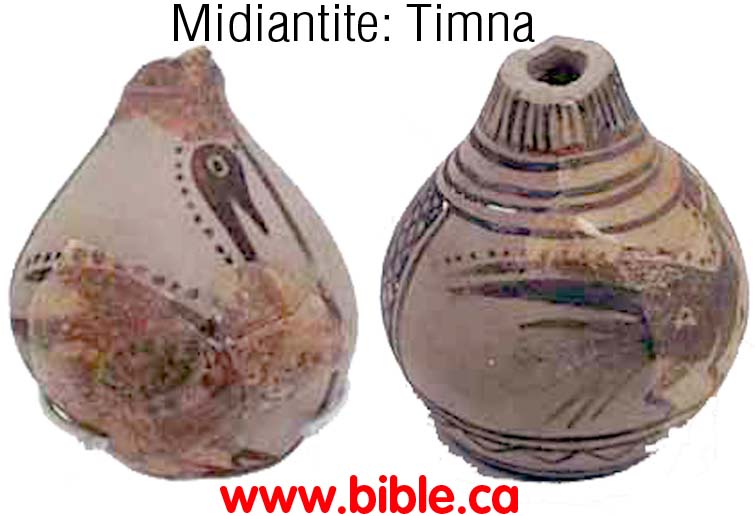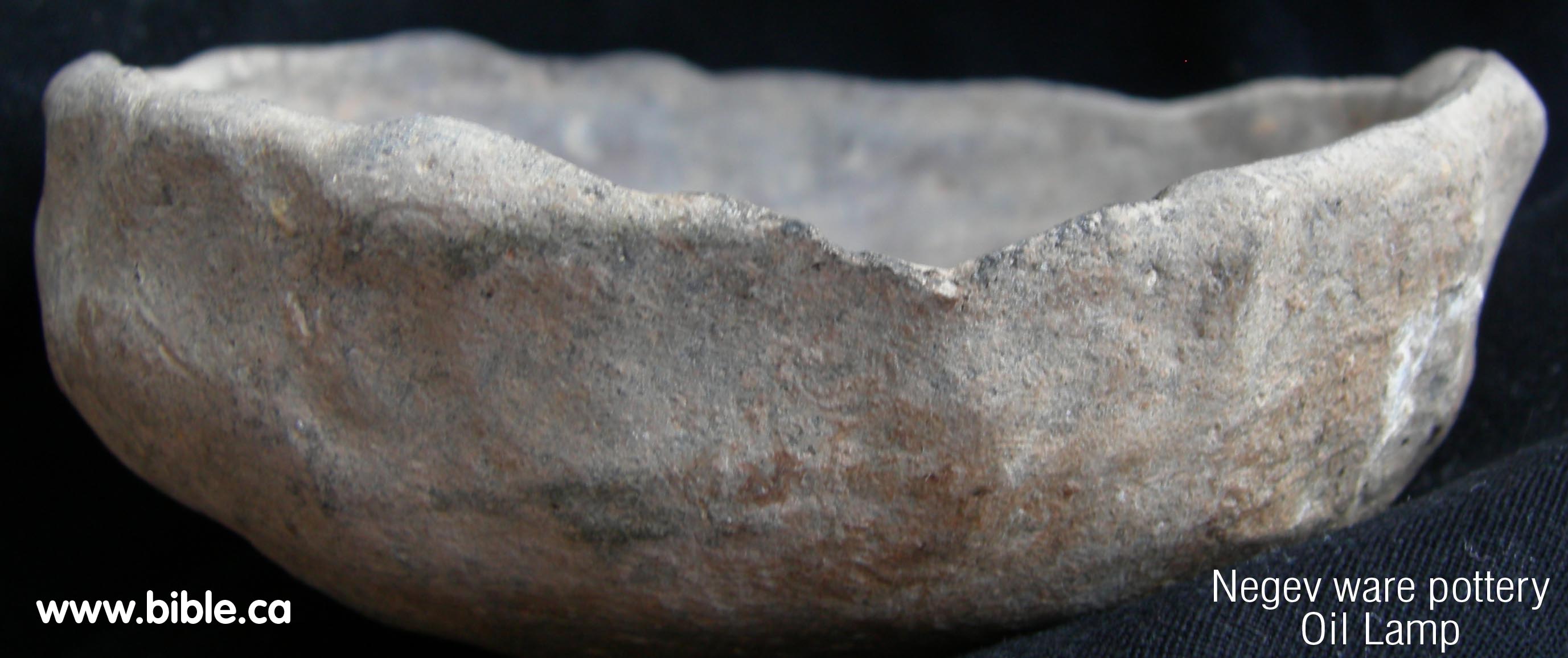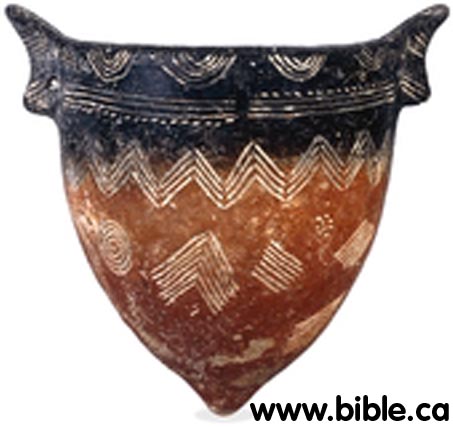
Dictionary of ancient pottery of the Bible
1. Glossary of pottery of the Bible
2. Handbook of pottery of the Bible
3. Encyclopedia of pottery of the Bible
4. How pottery is made
5. How to identify ancient pottery
"Fine dining ware"
Trademark pottery manufactured at Qurayyah in Arabia and brought to Israel through the Kenites.
"Disposable dish ware"
Crude, handmade pottery 1446 - 700 BC of the Negev.
From the Island of Cypress, this pottery was key to proving the location of Jericho.



